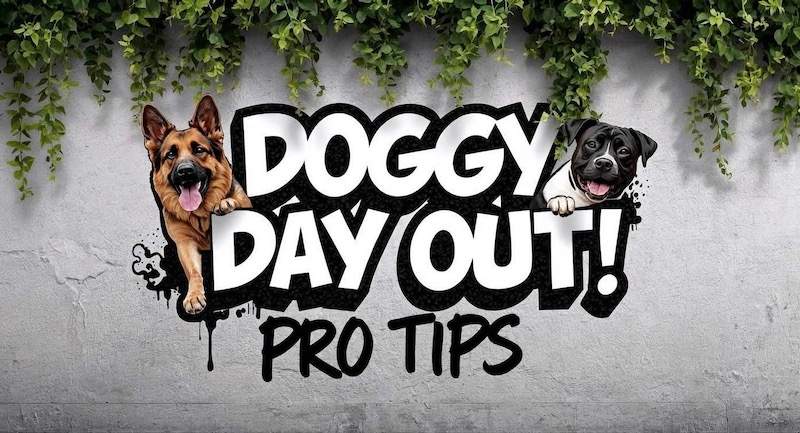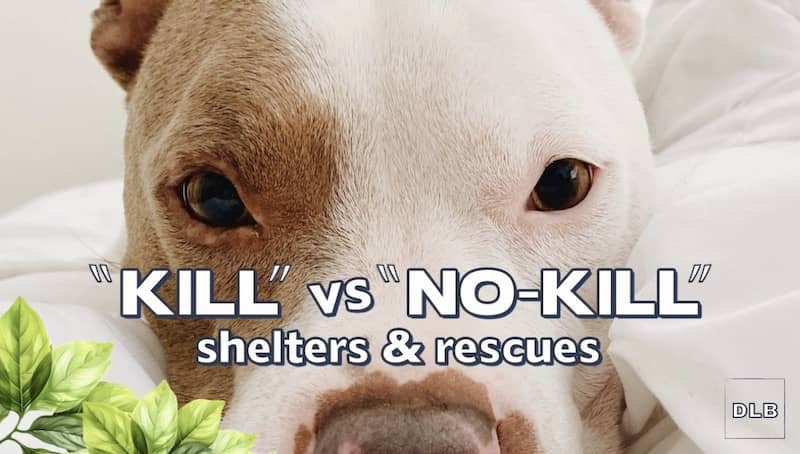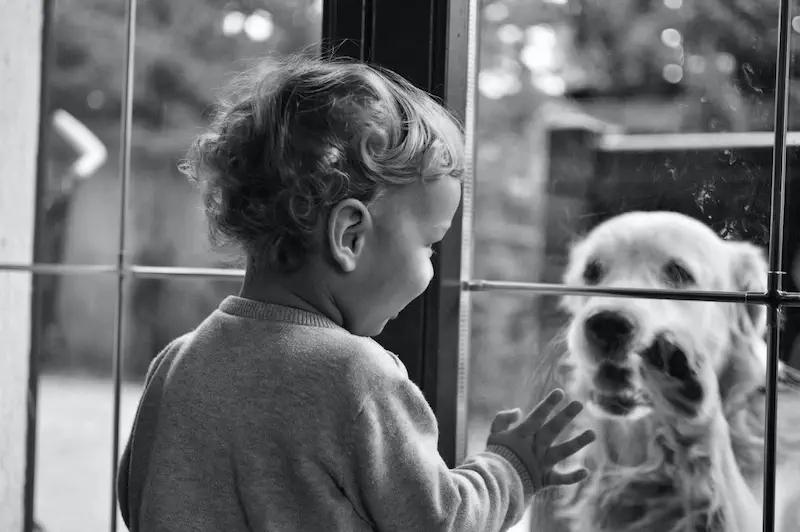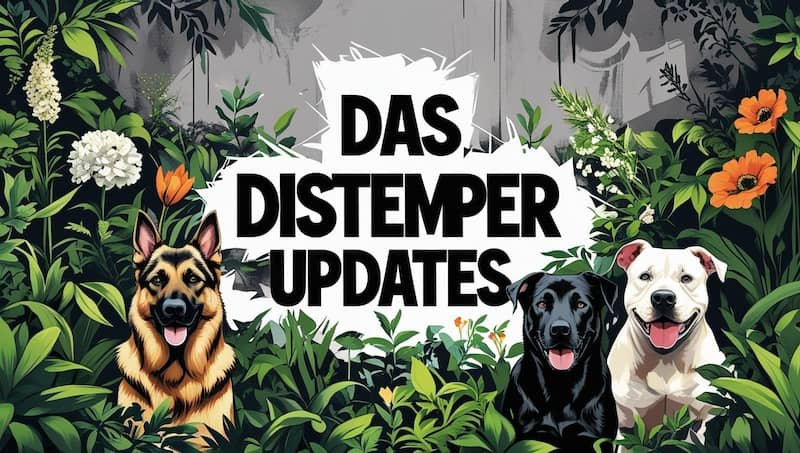DLB Foster Dog Set Up Routine

Interested in fostering a dog?
Is fostering a dog hard? Is fostering a dog easy?
Yes! Sometimes a foster dog challenges you. Sometimes a foster dog is a breeze. Always - you learn something and are enriched from helping a dog who is in between homes.
Is fostering a dog work?
100%
Is fostering a dog rewarding?
Absolutely.
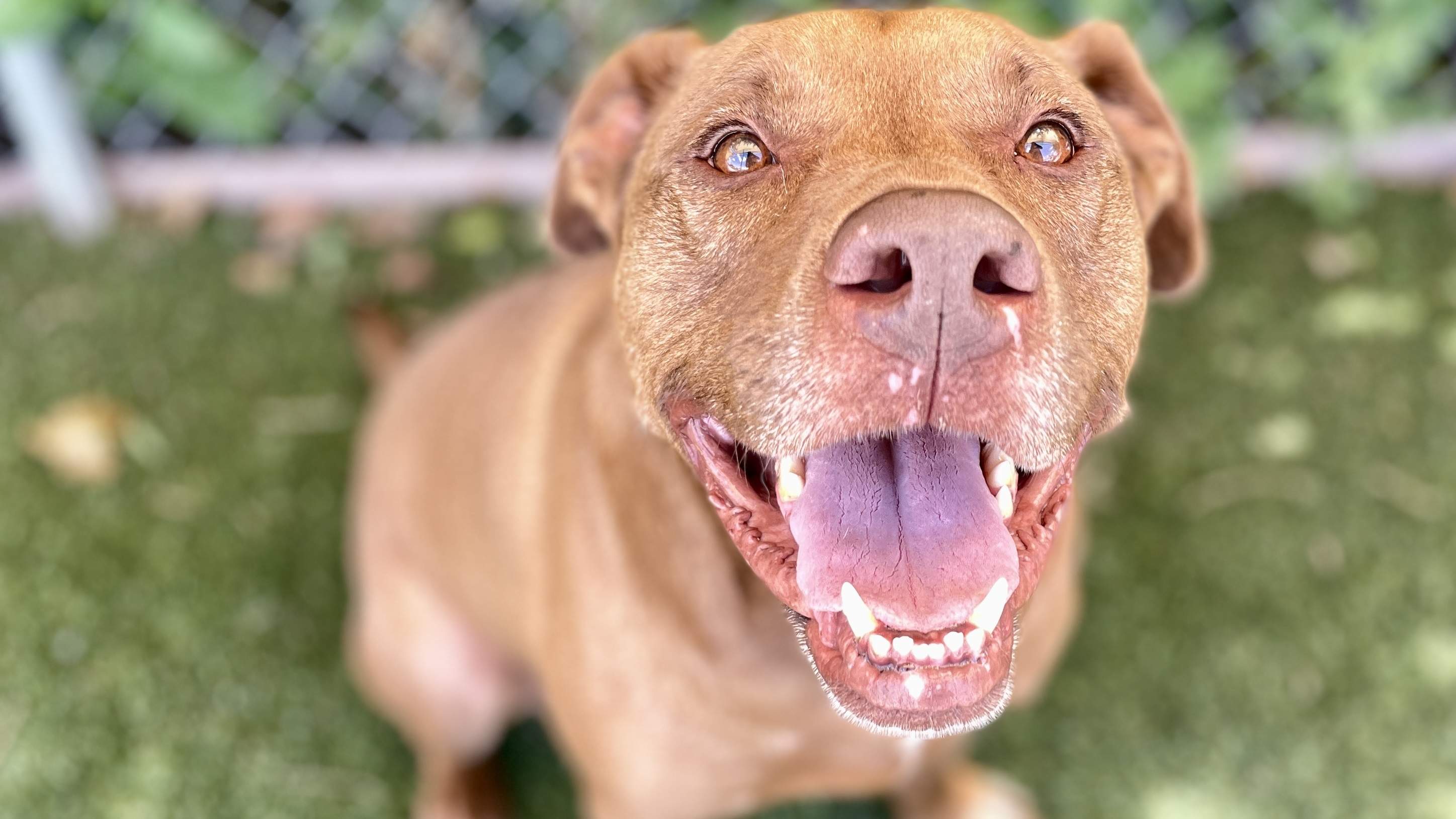
Below is a simplified breakdown of the DLB-recommended "foster dog introduction" process! Every foster dog is different, responds differently, has different needs, challenges, and exceptions. Below is the basic guide of what we do when bringing a new foster dog home.
It is normal to feel overwhelmed, at first. Keep going!
If your foster dog is just absolutely not a fit for your home after 3 days - know that the info you gathered for and return them with is SO VALUABLE in finding a good match adopter or another foster!
The first few days are sometimes hard. The first week may be challenging.
There will be frustrations and possibly exhaustion. But it passes, quickly! Just with any transition to new places, people, scenarios, spaces, routines - a foster dog means a jostle to your usual routine and schedule. This is part of the beauty of it, though, yah? Stuck in a funk? Need some fresh energy around? Motivation?
Don't Give Up!
Allow for an adjustment and learning period - for you, your household, and the foster dog! The 3 days, 3 weeks, 3 months is a standard guidelines to set expectations (see chart below!).
Google videos and help articles. Ask friends who have more experience. Review materials provided by your shelter or rescue. Learn, lead, love.
- PREPARE PRIOR TO PICK UP - have space ready for dog, other pets no access to that space, leave calming music on
- CALMING TREAT - give one upon pick up (or in their first food, if too nervous to eat a treat upon car pick up and I usually give my dog and visiting dog a calming treat with breakfast the first week then start tapering off)
- LET THEM POTTY OUTSIDE - do not remove slip lead, this leash will stay on until further notice, for quick control
- BRING INSIDE TO CRATE - Give them water, food, treats in there
- LET THEM RELAX A BIT IN CRATE
- TAKE OUT FOR POTTY BREAKS REGULARLY - especially if you are unsure of potty training status!
- HAVE SOME ONE-ON-ONE out of crate time with them DO NOT LET RESIDENT ANIMALS OR KIDS INTERACT, YET
- GO INTO MILITARY MODE WITH YOUR ROUTINE - this will calm the dog and help them settle faster because they know what to expect as far as schedule goes (wake up, walks, play, eat, hang space, etc)
- PACK WALKS ONLY with resident dog(s) for 3-5-ish days, this establishes the dogs spending time together "working" under calm, human guidance before excited play is introduced
- LEAVE SLIP LEAD ON FOSTER until you feel confident about foster dog's behavior and reactions around resident people and pets, this is usually about 5 days for me - just leave the slip lead on them, dragging, at all times
- CRATE AS NEEDED - at DLB HQ, once we find out a dog is potty trained and non-destructive, they can move to the office as "their room" for private time and overnight; if we don't clear those things, the crate is continued; some prefer crate usage for entire foster stay, this is fine!
- FEED SEPARATELY always, for entire time with foster; food is a valuable resource, there is no reason to feed a foster dog near resident dog(s)
- INTRODUCE PLAY SLOWLY do this after a long walk on about the 5th day and only for about 60 seconds, if it goes well, we end on that good note then build up longer sessions
- INTRODUCE SHARED SPACE INSIDE SLOWLY - again, build this up, don't just plop them into the same space and hope for the best. GUIDE AND CONTROL THIS, it can start when slip lead is on with you holding slip lead, at all times
- INTRODUCE TO CATS sloooowly with dog on slip lead, always until you feel confident a dog is cat friendly, if there is any question - NEVER let the foster dog loose around resident cat(s)
- DO NOT TAKE FOSTER DOG TO PUBLIC SPACES UNTIL THEY ARE SETTLED - this includes restaurants, stores, and never ever take a foster dog to a dog park - this is against the rules of almost all shelters and rescues for many good reasons
- TIMELINES WILL SHIFT WITH EACH FOSTER - it is on the dog's acclimation time, some will go faster, others take much longer, they will hit milestones at different paces in different ways unique to each individual animal!
- DON'T GIVE UP - ask for help, watch videos online, take a breath, you got this!
It is the human's job to set the dog up for success. Failure or unwillingness to do the (very brief) initial work may result in dog fights, mistreatment, and/or abandonment.
You can do it! Learn and give your pets the simple tools they need to thrive and give you a calm, loving pet household.
See the OLIVER and LOVEBUG highlight roundups on the DLB instagram page for video of the above steps.
See 3/3/3 Article for more on the typical 3 Days, 3 Weeks, 3 Months Expectations and Timeline.
Here are professional trainer-written articles on common issues of Separation Anxiety and Resource Guarding.
DLB ARTICLE: Tips To Promote Your Foster Dog


The content on this website is based on personal experience and researched information. Please note no one here is a professional vet, trainer, or behaviorist. Always consult your vet and trainer about what is best for your dog or cat and their mental & physical health!


Fostering a dog is rewarding and challenging with a love bonus. "The goal is goodbye!"


